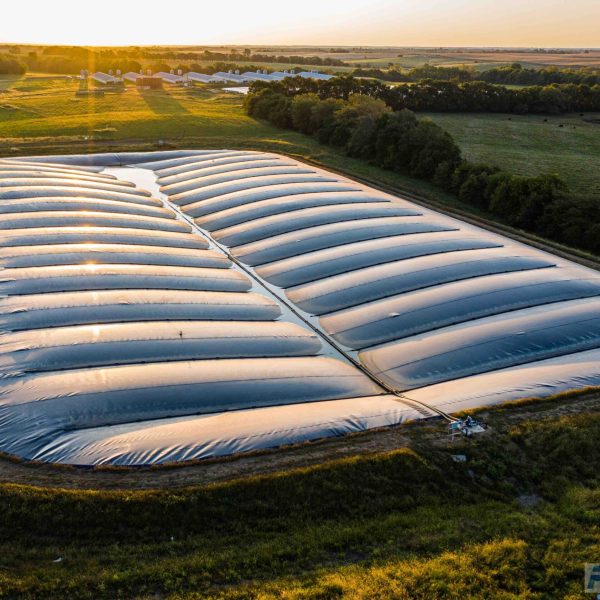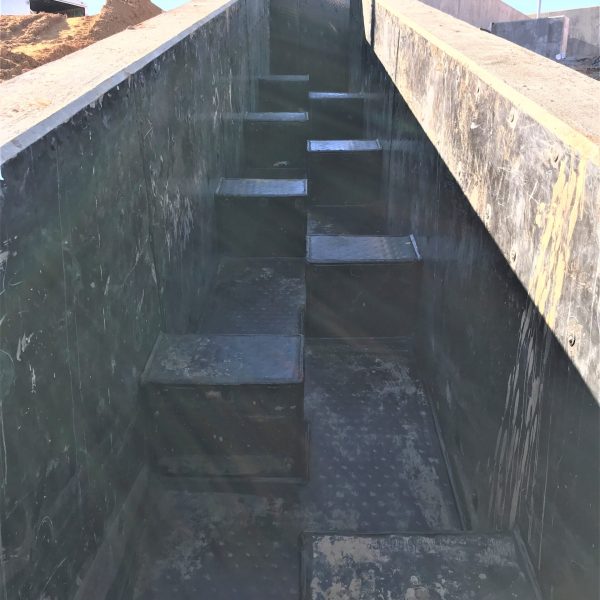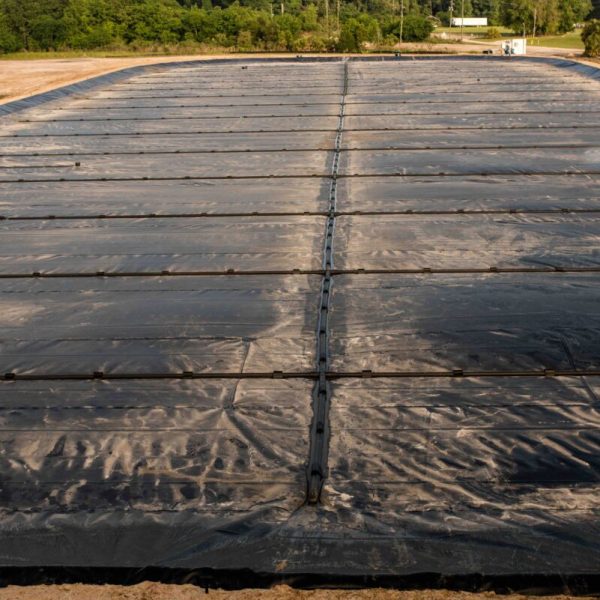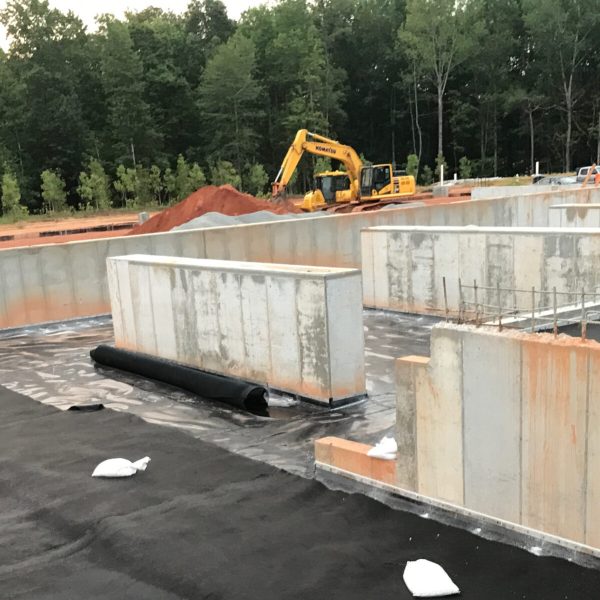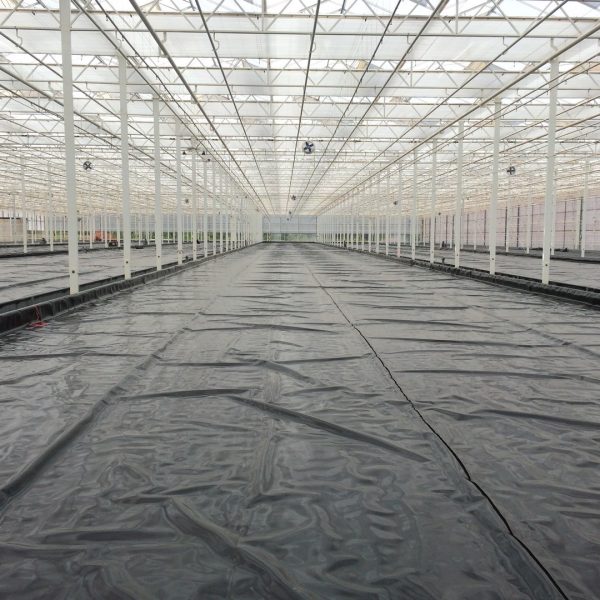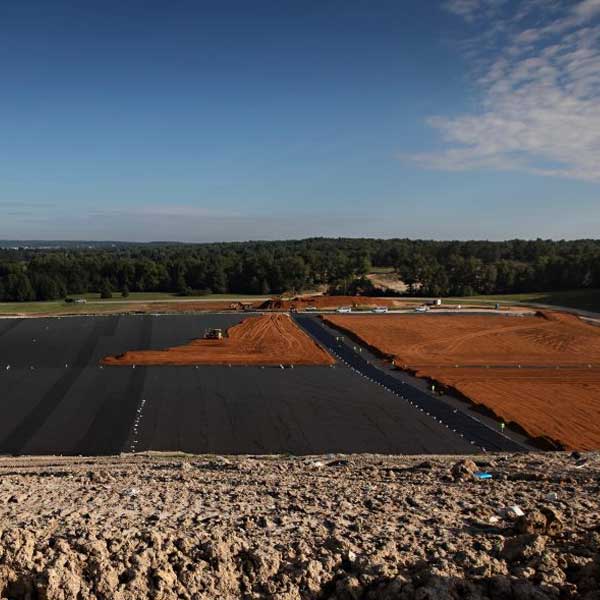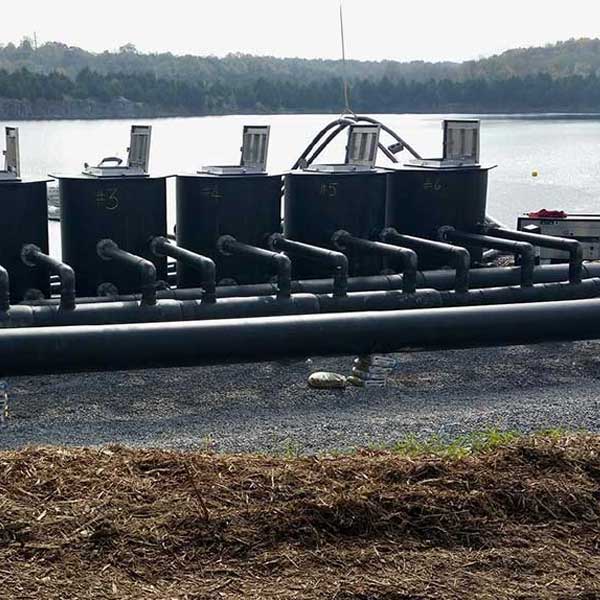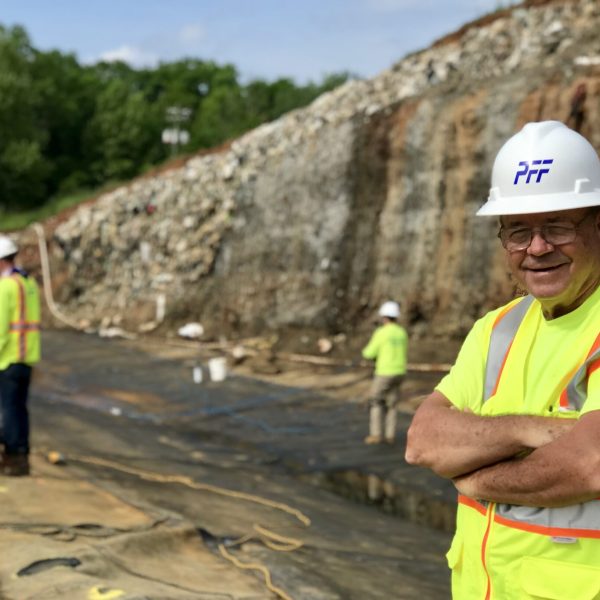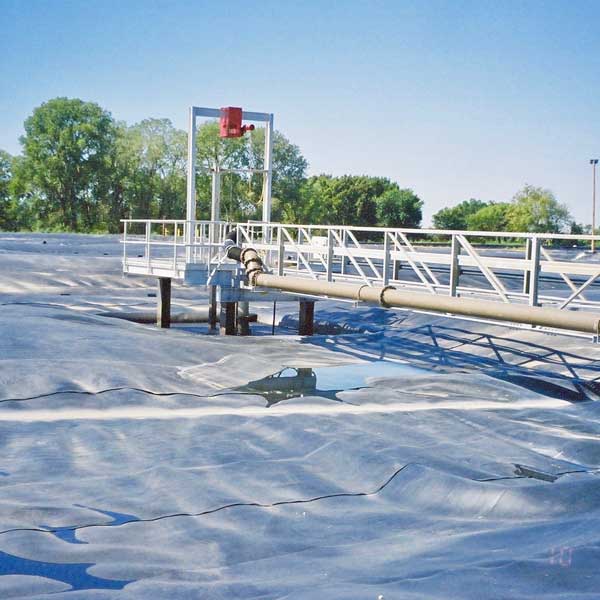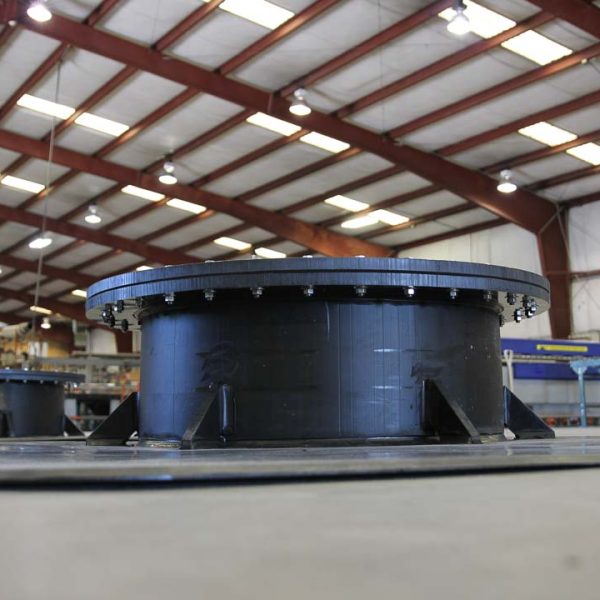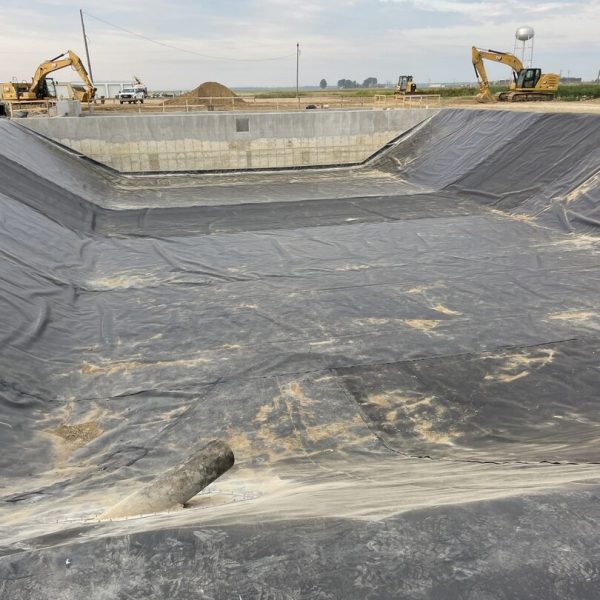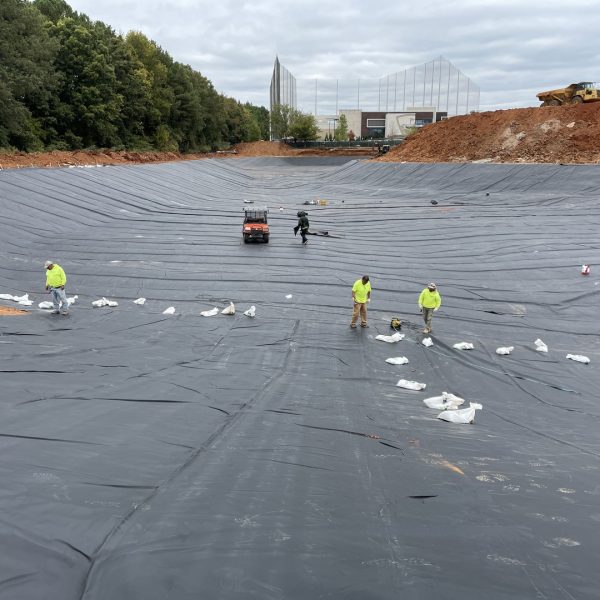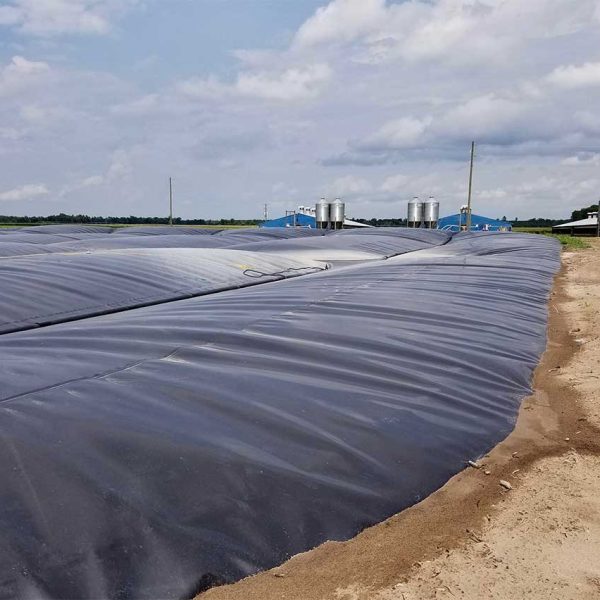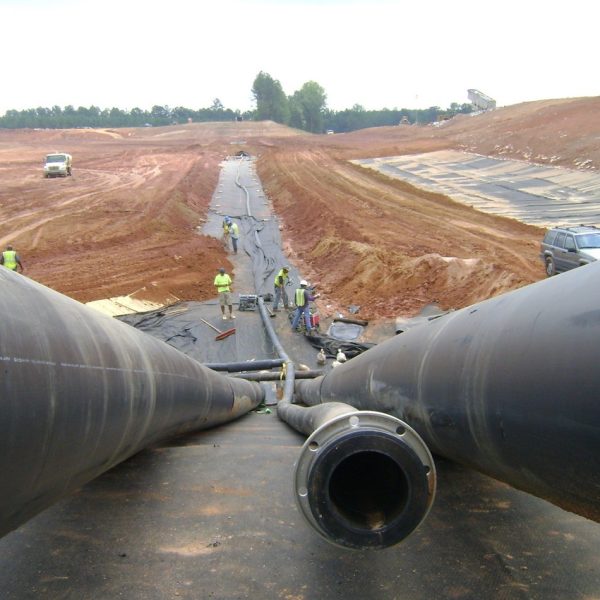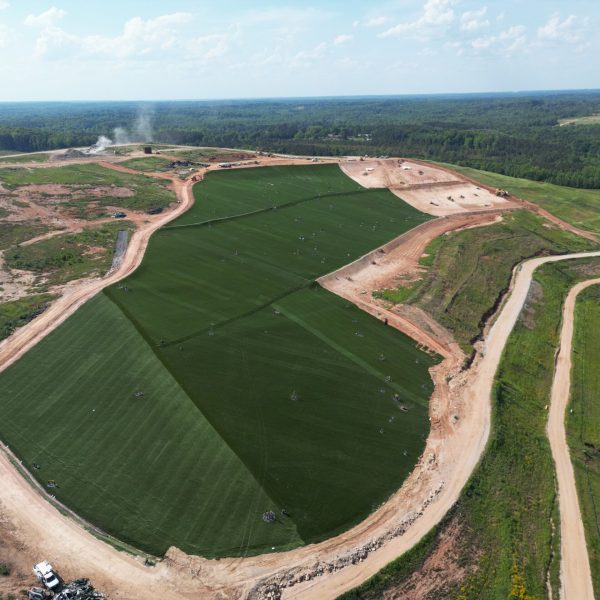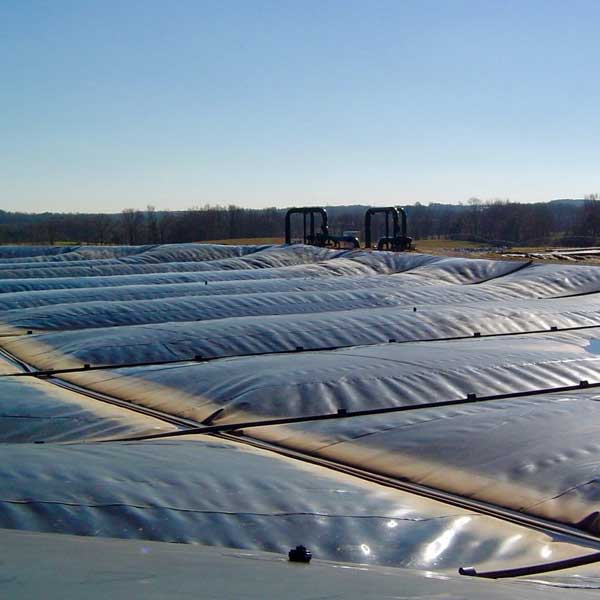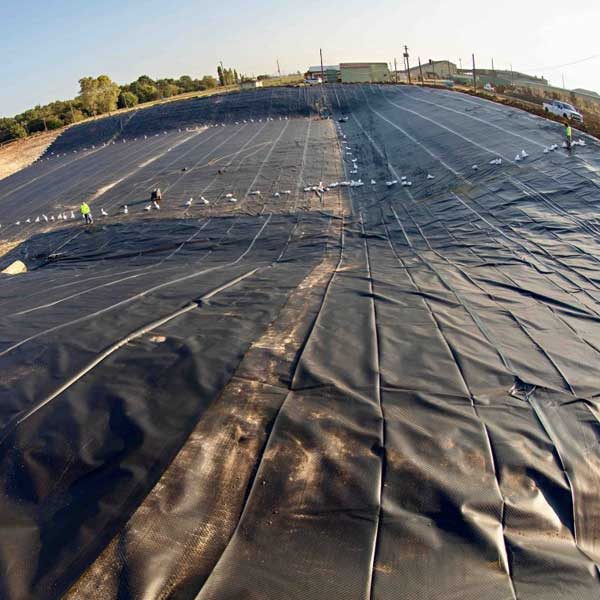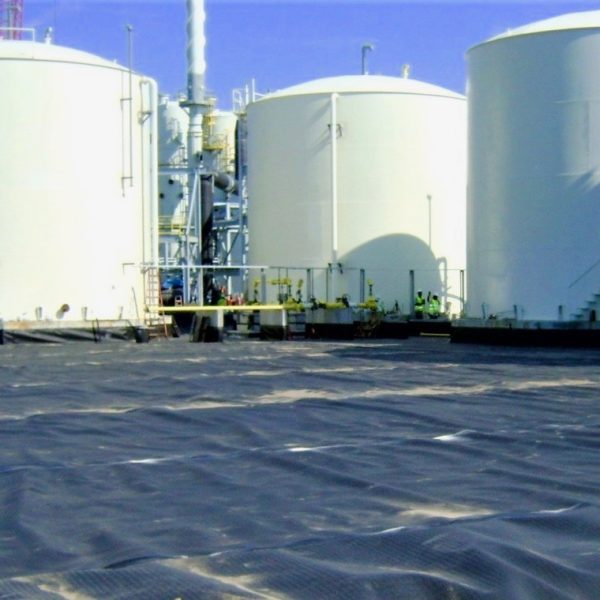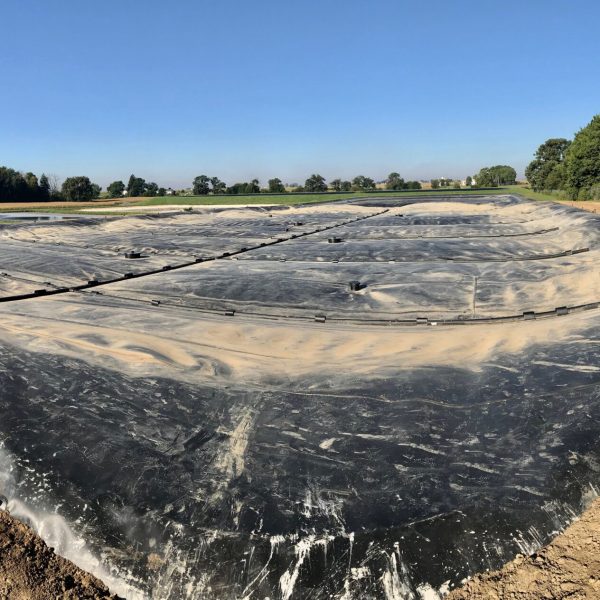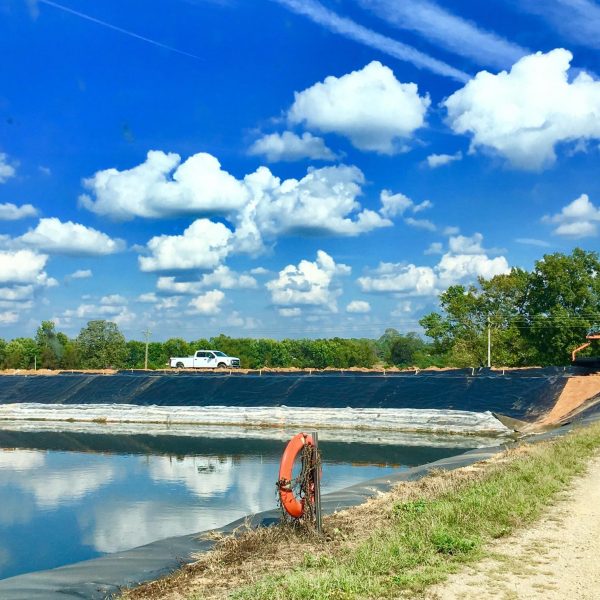Covered Lagoon Digester
CONTACT NOW FOR FREE CONSULTATION
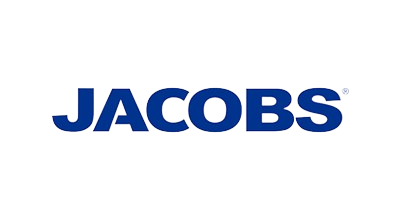

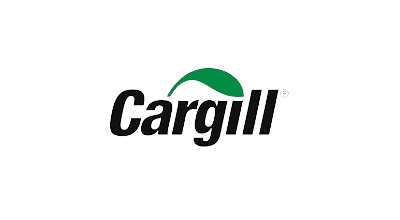


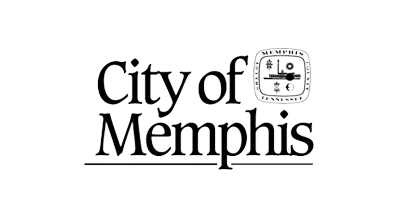
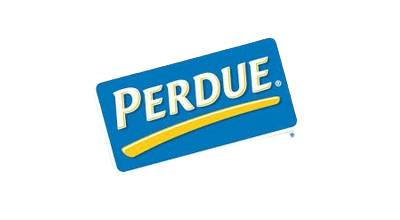
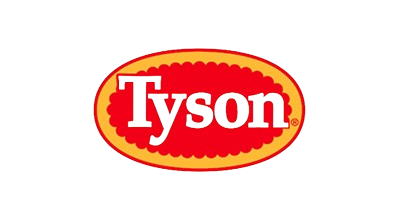


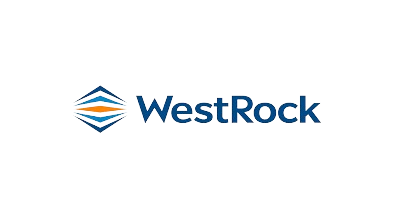


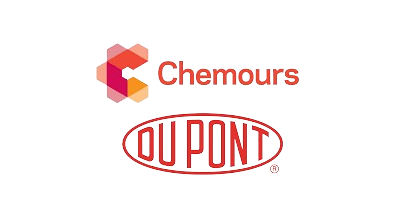

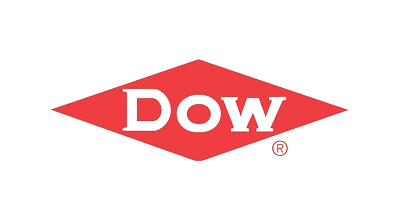
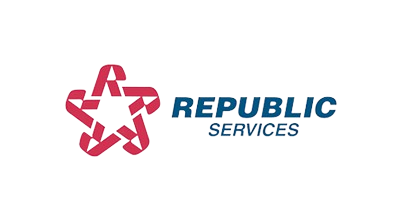
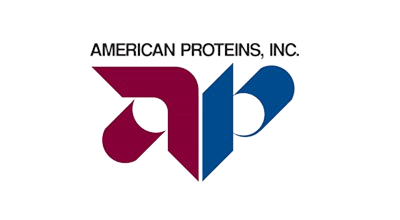
Anaerobic Digester Covers
We design and install HDPE cover systems for anaerobic digesters and are a pioneer in anaerobic digester lagoons for biogas collection and conversion to Renewable Natural Gas (RNG).
Piping Systems
Our custom fabricated piping systems meet even the toughest handling requirements. Materials offer long-term chemical resistance and environmental containment.
Concrete Protective Liners
Plastic Fusion is a leader in the installation of concrete protective liners in industrial tanks and storage facilities, wastewater treatment tanks, and chemical processing plants.
Liner Systems
Plastic Fusion has been installing geosynthetic containment systems for more than 40 years.
Covered Lagoon Digester
A Covered Lagoon Digester is an anaerobic digestion system designed to process organic waste, typically from agricultural sources, into biogas and nutrient-rich digestate. The system consists of a lagoon covered with a flexible membrane, which captures biogas produced during the digestion process. This biogas can be used as a renewable energy source, while the digestate can be used as a fertilizer or soil amendment. Covered Lagoon Digesters effectively reduce greenhouse gas emissions, manage waste, and produce sustainable energy and agricultural by-products.
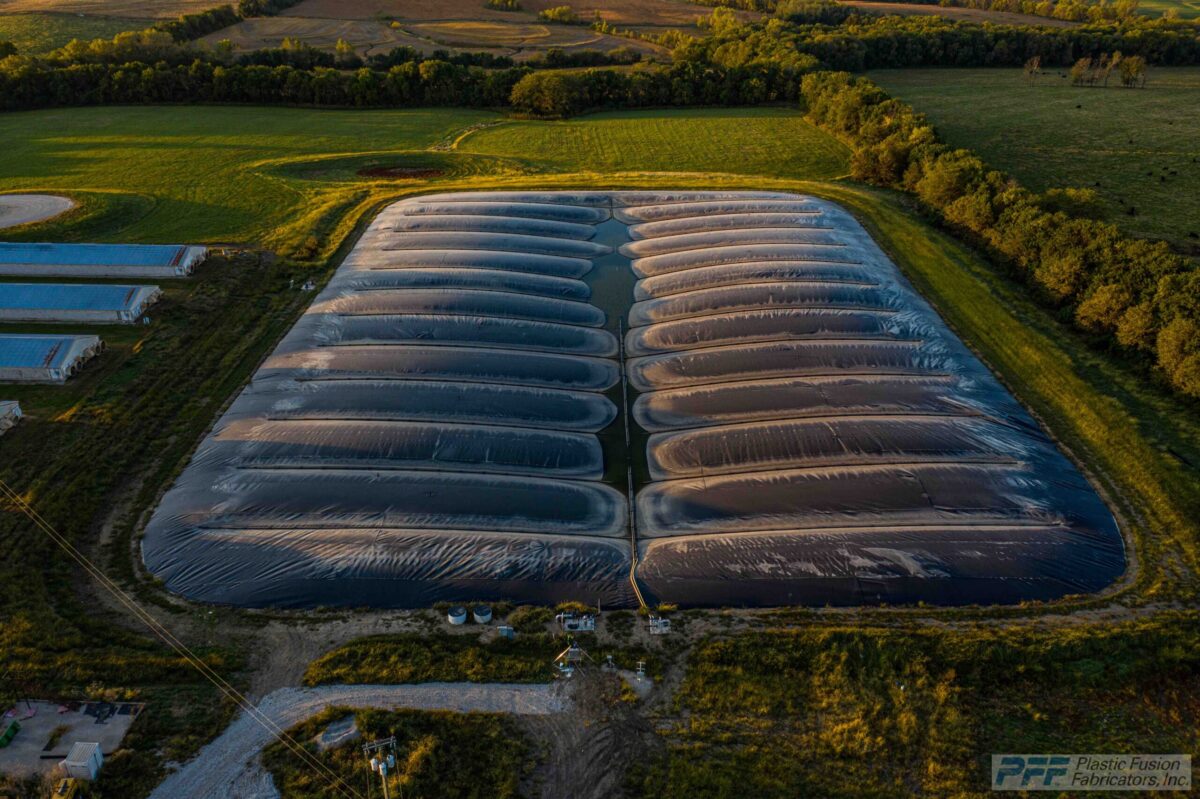
Read more
How Covered Lagoon Digesters Work
- Waste Input: Organic waste, typically in the form of slurry, is fed into the lagoon. The lagoon is a large, shallow pond excavated and lined with impermeable material to prevent leakage into the surrounding environment.
- Anaerobic Digestion: In the absence of oxygen (anaerobic conditions), microorganisms in the lagoon break down the organic material. This digestion process produces biogas primarily consisting of methane (CH4) and carbon dioxide (CO2).
- Biogas Capture: The lagoon has a flexible, waterproof cover, often made of high-density polyethylene (HDPE) or reinforced geomembranes. This cover traps the biogas produced during digestion, preventing it from escaping into the atmosphere. The cover also helps to contain odors and reduce the risk of contamination from rainwater or debris.
- Biogas Utilization: The collected biogas can be used as a renewable energy source. It can be burned directly for heat or used to generate electricity. The biogas is sometimes cleaned and upgraded to pipeline-quality biomethane, which can be used as a natural gas substitute.
- Effluent Management: After the digestion process, the remaining effluent, which is rich in nutrients, can be used as a natural fertilizer. This effluent can be pumped out of the lagoon and applied to fields, reducing the need for chemical fertilizers.
Benefits of Covered Lagoon Digesters
- Renewable Energy Production: By capturing methane, a potent greenhouse gas, covered lagoon digesters convert waste into a valuable renewable energy source, reducing reliance on fossil fuels.
- Environmental Protection: These systems help manage waste efficiently and prevent pollution by containing and treating organic material that might otherwise degrade in open environments, releasing odors and potential contaminants.
- Odor Control: The lagoon cover helps to trap odors typically associated with anaerobic digestion, making this system suitable for use near residential areas or in regions with strict odor regulations.
- Cost-Effective: Covered lagoon digesters are generally less expensive to install and operate than advanced anaerobic digesters because they utilize simpler technology and take advantage of natural processes.
- Nutrient Recovery: The lagoon effluent can be used as a nutrient-rich fertilizer, which helps recycle nutrients back into the soil and reduce the need for synthetic fertilizers.
Challenges and Considerations
- Climate Sensitivity: The performance of covered lagoon digesters can be affected by ambient temperature. Colder climates may slow the anaerobic digestion process, potentially reducing biogas production.
- Space Requirements: Lagoons require significant land area, making them less suitable for facilities with limited space.
- Maintenance: The cover needs regular inspection and maintenance to ensure it remains intact and does not allow gas to escape. Any tears or punctures in the cover can lead to a loss of biogas and reduced efficiency.
- Compliance and Safety: Proper biogas management, including safe handling and utilization, is crucial to prevent accidents such as gas leaks or explosions. Additionally, lagoons must be designed and operated in compliance with environmental regulations to prevent groundwater contamination and other environmental impacts.
How Plastic Fusion Enhances Covered Lagoon Digesters
Plastic Fusion specializes in installing covered lagoon digesters, bringing design, materials, and construction expertise to optimize performance and longevity. Here’s how Plastic Fusion enhances covered lagoon digesters:
- High-Quality Materials: We use state-of-the-art geomembranes to line and cover lagoons, ensuring durability, chemical resistance, and effective biogas capture.
- Custom Solutions: We tailor each installation to meet client needs, considering site conditions, waste characteristics, and regulatory requirements.
- Advanced Installation Techniques: Our experienced team employs advanced installation techniques to ensure the lagoon cover is securely anchored and sealed, preventing leaks and maximizing gas capture.
- Ongoing Support: Plastic Fusion offers comprehensive maintenance and support services, including regular inspections and remote monitoring, to ensure the system operates efficiently and safely.
What Is a Covered Lagoon Digester?
A covered lagoon digester is a system used to process organic waste, such as manure, in a lagoon that is covered to capture biogas. This system helps break down the waste in an anaerobic environment, producing methane that can be collected and used as a renewable energy source.
Why Are Covered Lagoons Important in Waste Management?
Covered lagoons help contain odors, prevent evaporation, and capture valuable biogas during the waste treatment process. These covers also protect the lagoon from external elements like rain, which can affect the efficiency of the anaerobic digestion process.
What Are Industrial Digester Services?
Industrial digester services include maintenance, repair, and operational support for large-scale digesters used in waste management. These services ensure that digesters function optimally, producing biogas efficiently and preventing environmental issues such as leaks or system malfunctions.
What Is the Purpose of a Digester Cover?
A digester cover seals the top of a lagoon or tank to capture biogas produced during anaerobic digestion. By maintaining a stable environment inside the digester, this cover helps to contain odors, control emissions, and improve the overall efficiency of the digestion process.
How Does a Covered Lagoon Digester Support Biogas Collection?
A covered lagoon digester is designed to capture the methane gas produced during the anaerobic breakdown of organic waste. The cover traps the gas, allowing it to be collected, processed, and used as a renewable energy source, reducing reliance on fossil fuels.
What Is Covered Lagoon Cleaning?
Covered lagoon cleaning refers to the maintenance process of removing sludge and waste buildup from a lagoon that is covered for anaerobic digestion or biogas production. Regular cleaning is necessary to maintain efficiency and prevent blockages that could affect gas collection.
What Is a Covered Anaerobic Lagoon?
A covered anaerobic lagoon is a waste treatment system where organic matter, such as animal manure, is broken down by anaerobic bacteria in an oxygen-free environment. The cover helps to trap methane gas produced during the process, which can then be collected and used for energy production.

